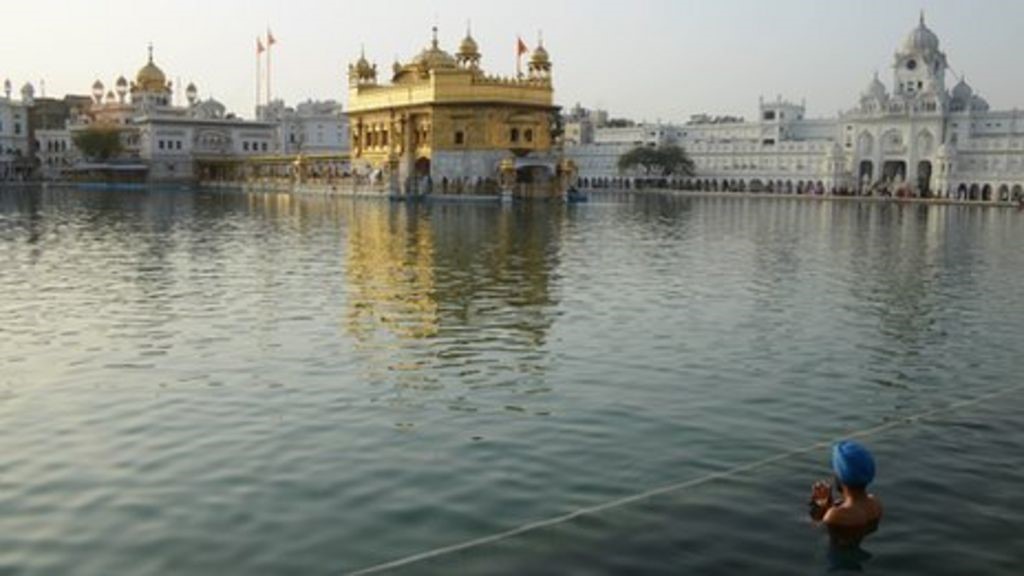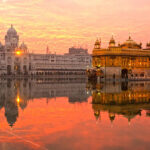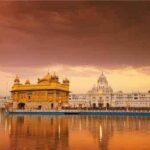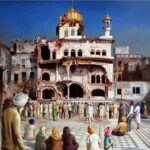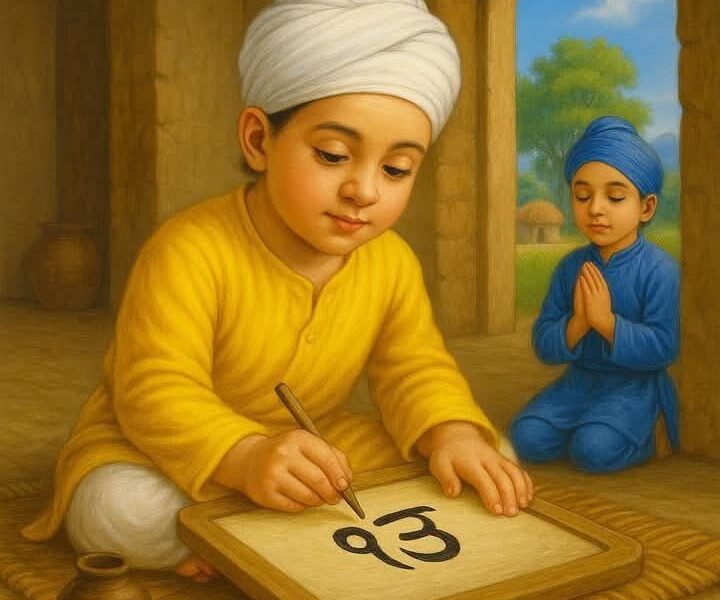Sri Harmandir Sahib, also familiar as Golden Temple and Sri Darbar Sahib, (on account of its golden coating and scenic beauty) is named after Hari (God) the shrine of Almighty. The Sikhs all over the universe, usually desire to pay to Sri Amritsar and respect at Sri Harmandir Sahib in their Ardas.
Golden Temple Amritsar is a place of sublime tranquillity and immense beauty. Devotees visiting the temple often feel a sense of contentment and calmness. By promoting interaction and openness, this religious inheritance spreads the message of peace and equality. No doubt the Temple is magnificent as well as an motivating tourist destination not only in the India but also across the universe.
Lord Buddha Meditated at the Holy Site
Study show that Lord Buddha stop off at the holy site of the Temple for pretty some time. In those times, the spot was a lake adjoining by thick forests. Buddha announced this site as an perfect meditation ground for saints and sadhus.
Building Was Initiated by the Fifth Sikh Guru
Long before the Temple was construct, Guru Nanak, the foremost Sikh Guru utilized to moderate at the holy site. However, the building of the Sri Haramandir Sahib was start off by Guru Arjan, the fifth Sikh Guru. He also sketch out the complete architecture of Sri Harmandir Sahib. The construction began in the year 1581 and took almost 8 years to accomplish.
Named After the Gold Covering
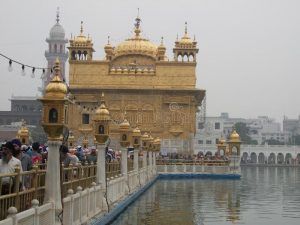
Golden Temple was named after the outside layer of gold foil that offset the complete temple. After the demise of Guru Govind Singh, this gurudwara was always attacked and demolished by the Islamic rulers. In the year 1762, this pious heritage was fully blown away with gunpowder. After the ruin, Maharaja Ranjit Singh, a courageous Sikh ruler reconstruct the rich heritage with marble and decorated it with gold. He took over the complete complex and arranged Desa Singh to look after its maintenance and operation.
Open to all Creed, Religions, and Caste
The foundation stone of the favourable Temple was laid by a popular Sufi saint Mian Mir. This was done to lay out a message that this holy gurudwara is open to all faiths. There are four entrances to golden temple which display out openness to all devotees irrespective of religion, caste, and creed.
Surrounded by a Sacred Pond
The pool surrounding the Temple is familiar as the Amrit Sarovar which is contemplated sacred by the admirers. Before presenting prayers, they bath out in the holy water of the Sarovar. The Sikhs faith that spiritual ownership can be acquired by taking a dip in the holy water of the holy pool. Earlier, legends utilized to say that a sacred dip in the Amrit Sarovar do cure disorders and ailments.
One of the Finest Example of Mughal and Indian Architectural Style
The beautiful Golden Temple India is a distinctive blend of the Islamic as well as the Hindu architecture. The holy place is decorated with paintings and marble sculptures that look same to the Taj Mahal. The cupola at the top is construct from pure gold and the gurudwara is also closeted with complex gold panels. Even the ceiling is embellished with precious gold and stones. In the inner holy place, the priests continue to chant from the holy Guru Granth Sahib which add up to the unspoken beauty of the Golden Temple.
Set up Below the Ground Level
The foremost floor of the golden temple is engulfed in the Amrit Sarovar and is only manifested during kar sewa. As the Temple is peerless way set up at a lower level below the ground, the stairs lead to the holy place go downwards. This is pretty contrary to the Hindu shrines that are always construct on an elevated platform above the surface. This unique feature at the Golden Temple signify humble living.
Renovation Went on for Four Years!
In the 1990s the classical Golden Temple was modernized with five hundred kilograms of pure gold. 24-karat gold was utilized during the method that is much purer as comparison to the 22-karat. The value of gold is much more than 130 crores as of today. The work was very well skilled artists from various nook and corner of our nation. And it took several years to complete the renovation, begin from 1995 to 1999. It is faith that the glory of Temple will hold out the 25th century.
The Hugest Free Kitchen
The langar selfless service at the Amritsar Golden Temple is the hugest free kitchen in the globe. It offers more than fifty thousand meals on a regular basis. On religious affairs, the number rises to lakhs or more. The food is usual yet delicious and comprises of kheer, veggies, salad and rotis. Interestingly, all the meal served here are donations from admirers.
Volunteers Work for Free
The heroic Golden Temple attracts trillions of enthusiast every year. The maintenance and operation of this iconic gurudwara are completely managed through donations. But the usual task of cleaning, cooking as well as serving food is directed by the volunteers who work at the holy place free of cost.
All its coats of gold were settled by the hands of abled artistes from various chunks of the country. It’s all build up of 24-karat gold, which is much virtuous than the 22-karat gold present in Indian homes today. Maharaja Ranjit Singh utilized just 7-9 layers of gold in shield of the Temple; during the 4-year long modernization, 24 layers were utilized. Its magnificence will hold out almost the 25th century.
The cost of maintenance is evidently managed absolutely through donations. The tasks of maintaining and cleaning the temple, along with serving and cooking of langar, is done by volunteers who really work free of cost. No wonder Harmandir Sahib aka the Golden Temple receives more than three million travellers most of the time and looks as renowned at night as it does during the day time.
